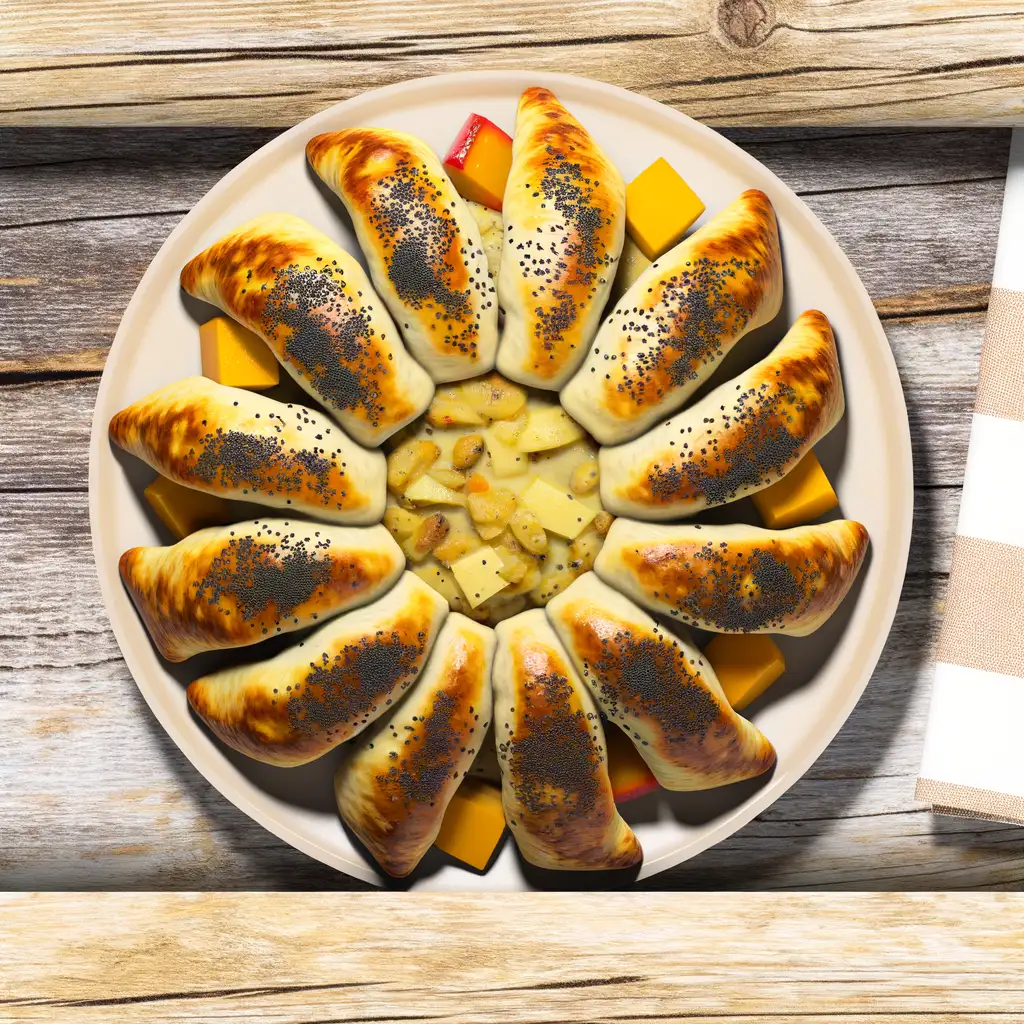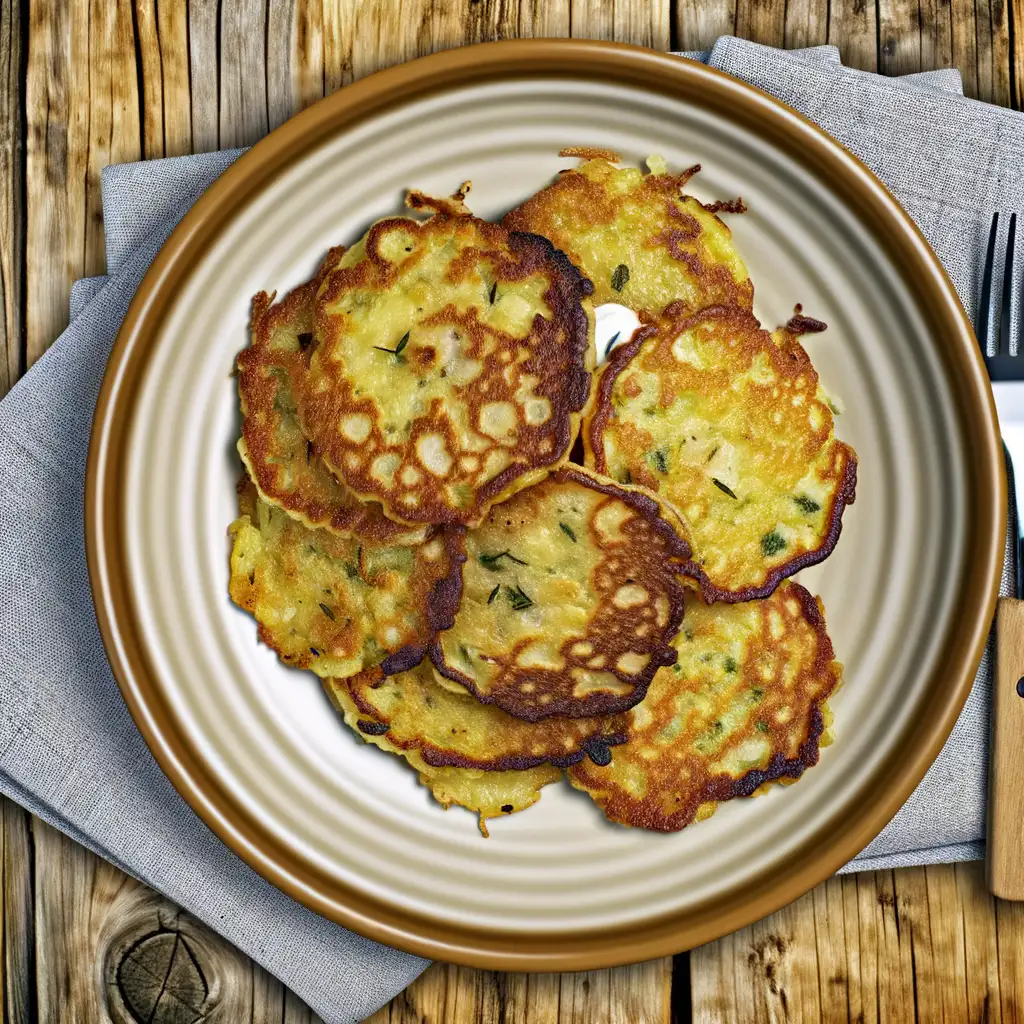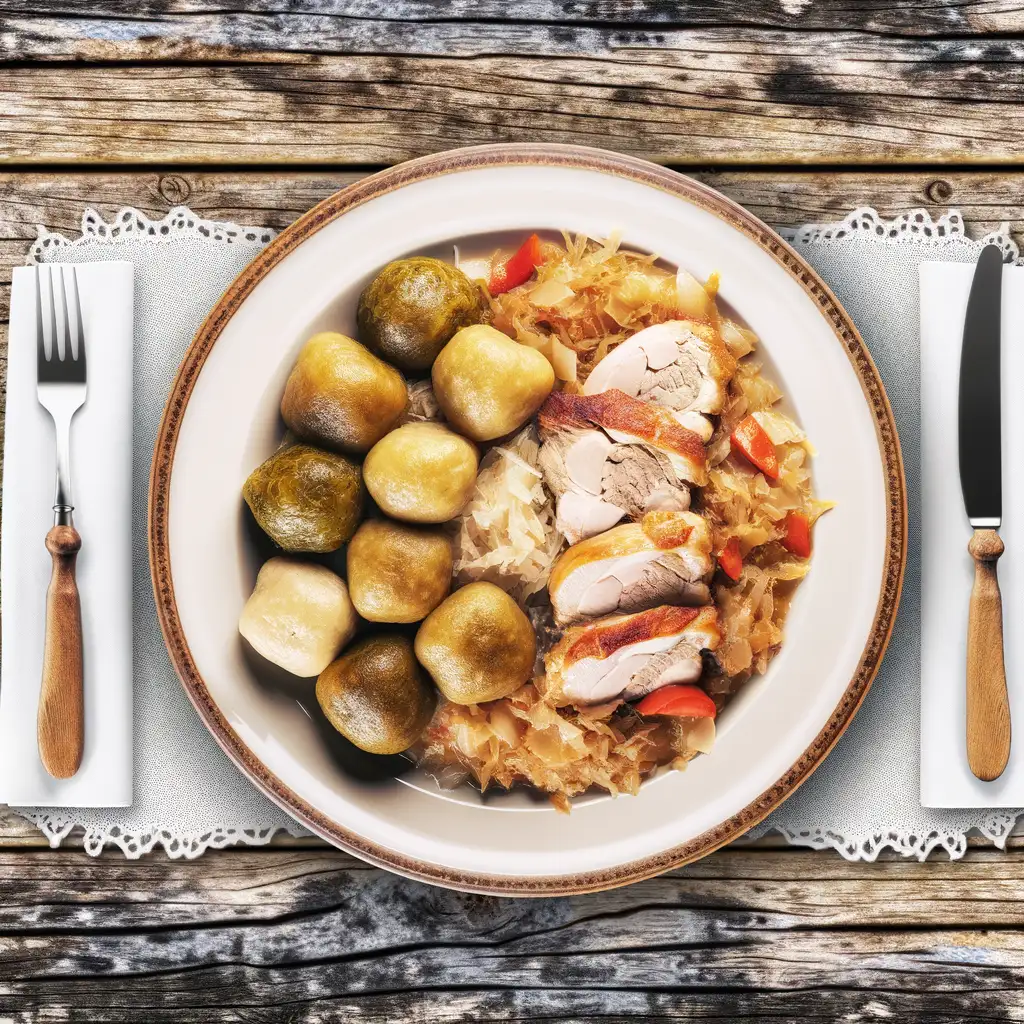


If you wander into Kutná Hora,you’ll immediately feel like you’ve stepped into a storybook where history whispers from every cobblestone. This town has a quiet,almost magical rhythm—part medieval charm,part artistic soul—that wraps around you like a warm,familiar blanket. As you stroll through its narrow streets,the scent of fresh pastries mingles with the earthy aroma of ancient stone,and the soft murmur of locals chatting in cozy cafés invites you to slow down and soak it all in. What really sets Kutná Hora apart is its incredible blend of the sacred and the surreal. The stunning St. Barbara’s Church,with its soaring Gothic spires and intricate stained glass,feels like a cathedral lifted straight from a dream. Then there’s the Sedlec Ossuary,the Bone Church,where the unexpected artistry of human bones arranged in chandeliers and decorations creates a hauntingly beautiful atmosphere you won’t forget. It’s a place that makes you pause and reflect,in the most unusual way. Beyond the sights,Kutná Hora pulses with a genuine warmth. The locals’ pride in their town is infectious,and you can taste it in the hearty Czech dishes served in family-run restaurants—think rich goulash and freshly baked bread that fills the air with comfort. Whether you’re sipping coffee in a sunlit square or wandering past centuries-old buildings,Kutná Hora invites you to slow down,listen closely,and fall in love with its quiet,captivating story.
The information on this page is currently being reviewed by Tripkliq and should be used as a guide only
Eng word: Hello
Eng pronunciation: Ah-hoy
Local language: Ahoj
Eng word: Goodbye
Eng pronunciation: Sbo-hem
Local language: Sbohem
Eng word: Thank you
Eng pronunciation: Dyeh-koo-yee
Local language: Děkuji
Eng word: How much
Eng pronunciation: Ko-leek toh stoh-yee
Local language: Kolik to stojí
Eng word: Toilet
Eng pronunciation: Toh-ah-leh-tah
Local language: Toaleta
Eng word: Help me
Eng pronunciation: Poh-mohz-teh mee
Local language: Pomozte mi
Eng word: Yes
Eng pronunciation: Ah-noh
Local language: Ano
Eng word: No
Eng pronunciation: Neh
Local language: Ne
Eng word: Excuse me
Eng pronunciation: Proh-meen-teh
Local language: Promiňte
Kutná Hora was one of the most important silver mining towns in medieval Europe, significantly contributing to the wealth and power of the Kingdom of Bohemia.
The historic town center of Kutná Hora, including the Church of St. Barbara and the Cathedral of Our Lady at Sedlec, was designated a UNESCO World Heritage Site in 1995.
The Church of St. Barbara, a stunning example of Gothic architecture, was built in the late 14th century and is dedicated to the patron saint of miners.
The Italian Court (Vlašský dvůr) served as the central mint of the Kingdom of Bohemia, where the famous Prague groschen coins were minted.
The Sedlec Ossuary, also known as the Bone Church, is a small chapel decorated with the bones of an estimated 40,000 to 70,000 people, creating a unique and eerie atmosphere.
The Hrádek Mining Museum offers visitors a glimpse into the town's rich mining history, including a tour of an actual medieval silver mine.
The Stone House (Kamenný dům) is a well-preserved example of Gothic residential architecture and now houses a museum showcasing the history of Kutná Hora.
The Jesuit College, built in the 17th century, is an impressive Baroque building that now serves as the GASK (Gallery of the Central Bohemian Region), featuring contemporary art exhibitions.
The Plague Column, located in the main square, was erected in the early 18th century to commemorate the end of a devastating plague that struck the town.
In Kutná Hora, the most common Power Adaptor is Type C, Type E.



A traditional Czech dish made of marinated beef served with a creamy vegetable sauce, often accompanied by bread dumplings.

A sweet pastry made from rolled dough that is wrapped around a stick, grilled, and coated with sugar and nuts, often filled with ice cream or other sweet toppings.

A type of pastry filled with various ingredients such as poppy seeds, fruit, or cheese, popular in Czech cuisine and often enjoyed as a snack or dessert.

Czech potato pancakes made from grated potatoes, flour, and spices, typically fried until crispy and served with sour cream.

A hearty dish consisting of roast pork, sauerkraut, and bread dumplings, often considered a national favorite in the Czech Republic.
Prague feels like stepping into a storybook where every corner hums with history and charm. The moment you wander onto the cobblestone streets of the Old Town,you’re wrapped in a warm,timeless embrace. The air carries a mix of fresh-baked pastries and rich coffee from cozy cafés,mingling with the faint scent of aged wood and stone from centuries-old buildings. As you stroll across the iconic Charles Bridge,the soft murmur of the Vltava River below blends with the distant melodies of street musicians,creating a soundtrack that’s both lively and soothing.
What’s truly captivating about Prague is its effortless blend of old and new. Gothic spires and baroque facades stand proudly alongside vibrant street art and bustling markets. The city pulses with a creative energy,from the quirky art galleries tucked away in narrow alleys to the lively beer gardens where locals and travelers clink glasses over hearty Czech fare. There’s a genuine warmth in the way people share their culture,whether it’s through a friendly chat in a pub or an invitation to a traditional music performance.
At night,Prague transforms into a magical place where the city lights dance on the river’s surface and the aroma of roasted chestnuts fills the air. It’s a city that invites you to slow down,savor every moment,and get lost in its stories. Trust me,once you’ve experienced Prague’s unique rhythm and soul,it stays with you long after you’ve left.
Vienna feels like stepping into a living storybook where every street hums with history and charm. The moment you wander through its grand boulevards,you’re wrapped in a warm embrace of baroque architecture,cozy coffeehouses,and the gentle melodies of street musicians playing waltzes nearby. There’s a rhythm to the city — elegant yet inviting — where the past and present dance together effortlessly.
As you stroll along the Danube or through the lush gardens of Schönbrunn Palace,you catch the scent of freshly baked strudel mingling with the earthy aroma of roasted coffee beans from a nearby café. The city’s café culture is something special; sitting down with a slice of Sachertorte and a strong Viennese coffee feels like a small,delicious ritual. You’ll hear the soft clink of porcelain cups and the murmur of locals deep in conversation,making you feel instantly at home.
Vienna’s character is a blend of refined artistry and genuine warmth. It’s a place where grand opera houses and modern galleries coexist,and where the locals’ pride in their musical heritage is palpable. Whether you’re exploring the vibrant Naschmarkt with its colorful stalls or catching a live performance in a centuries-old concert hall,Vienna invites you to slow down,savor the moment,and soak in its timeless elegance.
Budapest feels like stepping into a storybook where history and modern life dance together effortlessly. The moment you stroll along the Danube River,with the majestic Parliament building glowing in the evening light,you sense a city that’s both grand and inviting. There’s a rhythm here—street musicians playing haunting melodies,the clinking of glasses in cozy ruin pubs,and the gentle splash of thermal baths that have been soothing locals for centuries. It’s a place where every corner whispers tales of empires past,yet pulses with youthful energy.
Wandering through the cobbled streets of the Castle District,you catch the scent of fresh pastries mingling with the earthy aroma of old stone walls. The vibrant markets buzz with vendors selling paprika,fresh bread,and sweet chimney cakes,tempting you to taste the rich flavors of Hungarian cuisine. Budapest’s character shines brightest in its contrasts:the elegant Art Nouveau cafés sit side by side with edgy street art,and the grand boulevards lead you to intimate courtyards where locals sip coffee and chat animatedly.
What makes Budapest truly unforgettable is how it wraps you in warmth—whether it’s the steamy embrace of a thermal bath on a chilly day or the friendly chatter in a bustling café. It’s a city that invites you to slow down,savor every moment,and discover stories hidden in its architecture,food,and people. Trust me,once you’ve felt Budapest’s pulse,you’ll carry a piece of it with you long after you leave.
Imagine stepping into a city where every corner feels like a scene from a timeless painting—Venice is exactly that kind of place. The moment you arrive,the gentle lapping of water against ancient stone buildings wraps around you like a soft melody. Instead of streets,there are winding canals,and instead of cars,gondolas glide silently beneath ornate bridges,their oars dipping rhythmically into the emerald water. The air carries a mix of salty sea breeze and the faint aroma of fresh espresso and baked pastries from nearby cafés,inviting you to slow down and savor the moment.
Venice has this magical,almost dreamlike quality. The light here is different—soft and golden in the mornings,casting long shadows on the labyrinth of narrow alleys and colorful facades. You’ll find yourself wandering without a map,getting delightfully lost among the bustling markets,where vendors call out in melodic Italian,selling everything from fresh seafood to vibrant Murano glass. The city’s rich history whispers from every corner,from the grandeur of St. Mark’s Basilica to the quiet charm of tucked-away piazzas where locals sip wine and chat as if time has paused.
What makes Venice truly unforgettable is its rhythm—slow,intimate,and deeply human. It’s a place where you can hear the laughter of children playing by the water,the clinking of glasses in cozy trattorias,and the soft hum of a street musician’s violin. Visiting Venice isn’t just about seeing a city; it’s about feeling its heartbeat,tasting its flavors,and becoming part of its endless story.
If you ever find yourself wandering through the sun-drenched streets of Dubrovnik,you’ll immediately feel like you’ve stepped into a living storybook. The city’s ancient stone walls rise proudly against the sparkling Adriatic,and as you stroll along the marble-paved Stradun,the salty sea breeze mingles with the scent of fresh pine and blooming bougainvillea. There’s a rhythm here—a gentle hum of life where history and modern charm dance together effortlessly.
Dubrovnik’s character is woven into every corner:the clatter of café cups,the murmur of locals chatting in cozy taverns,and the distant call of seagulls overhead. You can almost taste the city in the air—briny and fresh,with hints of grilled seafood and ripe figs from the markets. Sitting at a seaside restaurant,watching the sun dip behind the fortress walls,you’ll savor dishes bursting with Mediterranean flavors,paired with a glass of crisp Croatian white wine.
What makes Dubrovnik truly special is how it balances its rich past with a vibrant present. The city’s narrow alleys invite exploration,revealing tucked-away galleries,artisan shops,and lively squares where music spills out into the streets. Whether you’re tracing the footsteps of ancient mariners or simply soaking up the golden light on a quiet terrace,Dubrovnik feels like a warm embrace—inviting,timeless,and utterly unforgettable.
A world-famous Greek island known for its whitewashed buildings,blue-domed churches,and breathtaking sunsets. A top destination for its unique volcanic landscape and romantic vibe.
ExploreSome currency exchange offices may advertise 'no commission' but offer poor exchange rates or include hidden fees.
Unlicensed individuals may pose as tour guides, offering inaccurate or incomplete information about the city's history while charging high fees.
Tourists may encounter shops near popular attractions, such as the Sedlec Ossuary or St. Barbara's Church, selling souvenirs at inflated prices compared to other locations in the city.
Certain restaurants may have separate menus for tourists with higher prices or include hidden service charges without informing customers.
Some taxi drivers may take longer routes or charge inflated fares, especially if tourists do not agree on a price beforehand.
The possession and use of illegal drugs are strictly prohibited in Kutná Hora and the rest of the Czech Republic. This includes substances such as marijuana, cocaine, and other controlled drugs. The Czech Republic has decriminalized the possession of small amounts of marijuana for personal use, but it is still illegal and can result in fines or other penalties. Tourists should avoid using or possessing any illegal drugs while visiting.
In Kutná Hora, as in the rest of the Czech Republic, smoking is prohibited in indoor public places such as restaurants, bars, and public transportation. There are designated smoking areas in some public places, but it is important to look for signs indicating where smoking is allowed. Smoking is also banned in certain outdoor areas, such as playgrounds and sports facilities.
Vaping is subject to similar regulations as smoking in Kutná Hora. It is prohibited in indoor public places, including restaurants, bars, and public transportation. Vaping is also restricted in certain outdoor areas, such as playgrounds and sports facilities. Tourists should look for designated vaping areas or signs indicating where vaping is permitted.
What are other people saying about Kutná Hora?
Recent Social posts about Kutná Hora
There is nothing to show you for now.